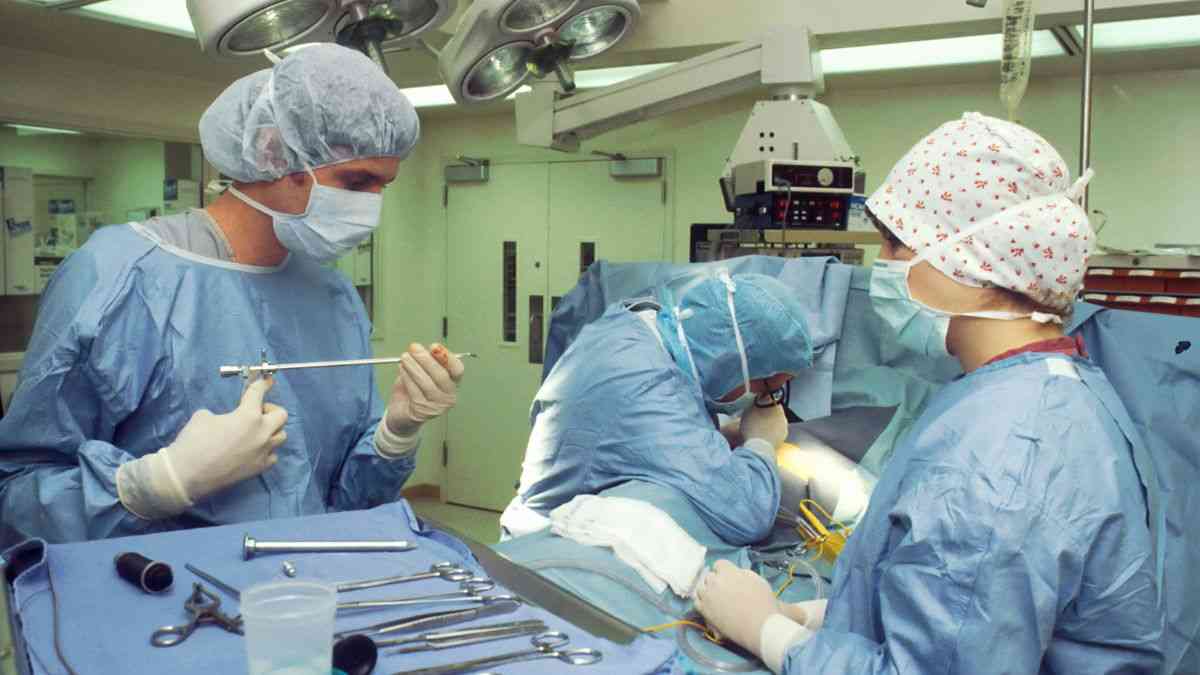Truth & Goodness
4,000 Space Mirrors Could Light Up Earth. Is It Day or Disaster?
04 December 2025

It’s December 30, 2024. Barely 10 minutes after Jim Dunn’s death, his wife Susan calls the scientists. That phone call begins a race against time — no longer to save Jim’s life, but the lives of millions facing the same disease. At 76, after living with HIV for over a decade, he chose to donate his body to science moments after death to advance research into autopsy for AIDS treatment. How can his autopsy help cure the disease?
Jim Dunn learned he had AIDS in 2003, at age 55. A heterosexual father of three who didn’t use drugs, he didn’t fit the typical profile of a patient. The diagnosis, painful as it was, propelled an important decision — in 2019 he enrolled in a rapid-autopsy program within the Last Gift Study at the University of California, San Diego (UCSD). His body would be examined in detail within an hour of death. How can a rapid autopsy help in treating AIDS?
Although antiretroviral drugs can suppress the virus to nearly undetectable levels, they can’t eliminate it entirely. “HIV hides in tissues, and one reason we really can’t cure people is that we don’t know where it hides,” explains Dr. Sara Gianella Weibel, who co-leads the Last Gift project, speaking to Science.
Worth reading: A New Hope for Children with Cancer. Polish Scientists Bring a Breakthrough
Conventional autopsies are done a day or two after death, when cells have already died. The Last Gift Study is a pioneering project that performs autopsies within hours. Cells are still alive, they can be cultured in laboratories, and — crucially — scientists can locate where HIV hides for autopsy for AIDS treatment strategies.
So far, 62 participants have enrolled and 42 rapid autopsies have been conducted. The research shows the largest HIV reservoirs are often in the gut and lymph nodes, but their exact size and location vary widely between individuals. That means a potential cure for AIDS will have to be highly personalized.
One participant who stopped antiretrovirals a few weeks before death allowed scientists to track how quickly the virus rebuilds its reservoirs. “One of the most important things we learned is that blood rapidly repopulates those reservoirs,” says Dr. Davey Smith, founder of Last Gift.
The project also raises controversy. Jules Levin of the National AIDS Treatment Advocacy Project has “serious issues” with the ethics of the study. Are people facing death in the right state of mind to consent to donating their bodies? Is the scientific aim clear enough?
Despite concerns, the National Institutes of Health awarded the team more than $15 million for 8 years of research. Similar efforts are now under way in Canada and Brazil. Richard Strange, 84, from Washington, always carries a note instructing that his body be delivered to a lab within 6 hours after death. Since his 1993 diagnosis, he has joined 18 studies on the nature of HIV.
Meanwhile, Jim Dunn’s body continues to serve science. In the UCSD lab basement, 13 boxes — each holding 81 vials — store samples of his tissues. Will they one day lead to a breakthrough in autopsy for AIDS treatment? “This way, he will live forever,” says his wife, Susan.
Read this article in Polish: Choć są już martwi, mogą uratować miliony. „Komórki wciąż żyją”